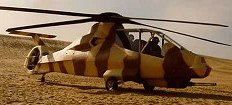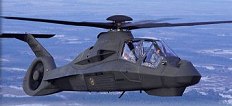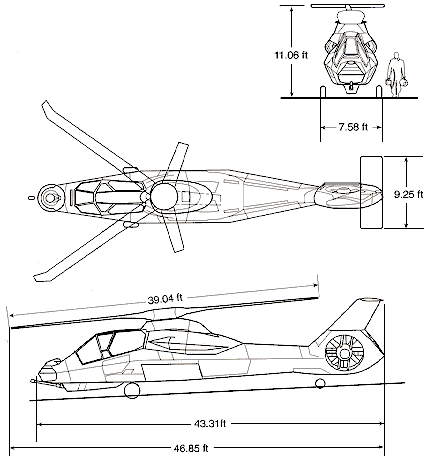
RAH-66 COMANCHE




| Powerplant:
Two T800-LHTEC-801 turboshaft engines. |
RAH-66 Comanche |
| Rotor system:
Five-bladed, bearingless main rotor. FANTAIL anti-torque. |

|
| Facts:
Self-healing digital mission electronics. Longbow fire-control radar. Passive long-range, high-resolution sensors. Triple-redundant fly-by-wire flight control system. Wide-field-of-view helmet-mounted display. Simple remove-and-replace maintenance system. |
|
| Milestones:
April 1991: Dem/val prototype (contract go-ahead). January 1992: Preliminary design review. November 2004: Initial production |
|
| Crew:
2 Man Crew 1 Pilot 1 Weapon. |
RAH-66 Comanche |









